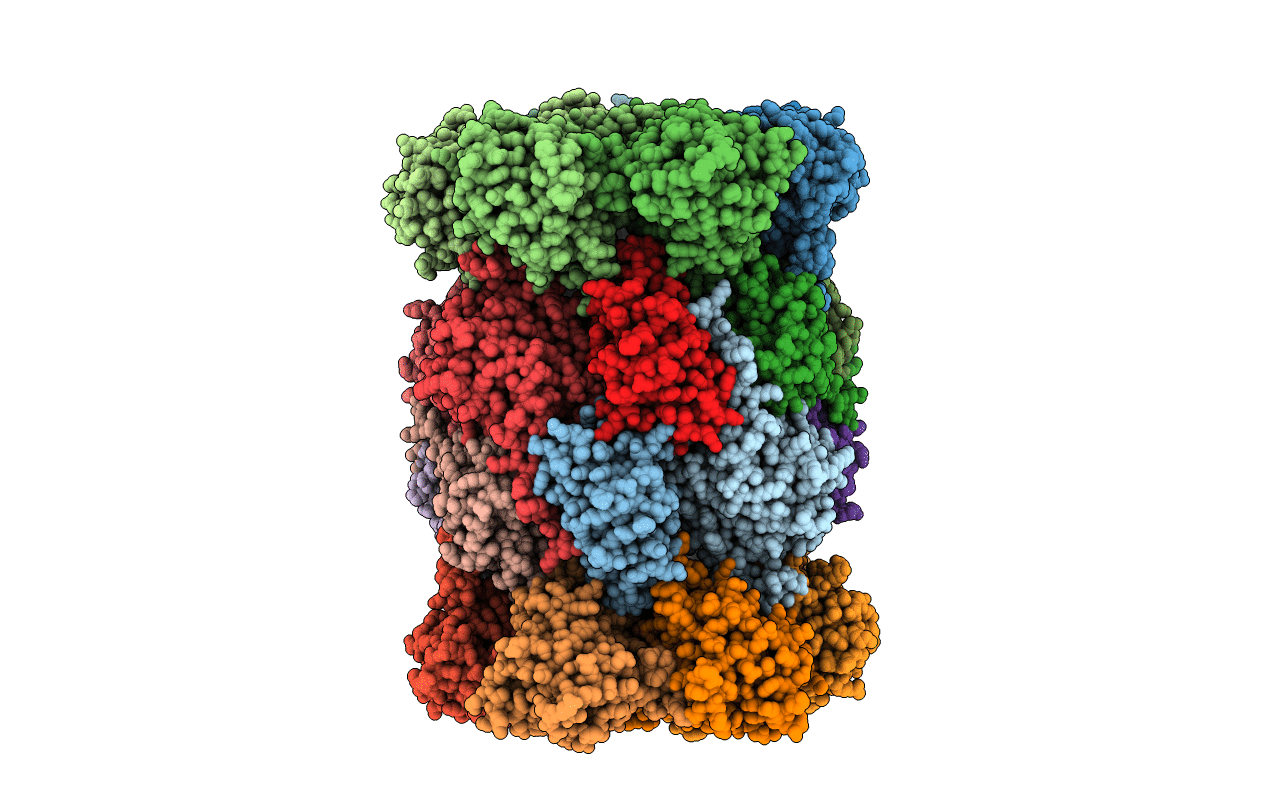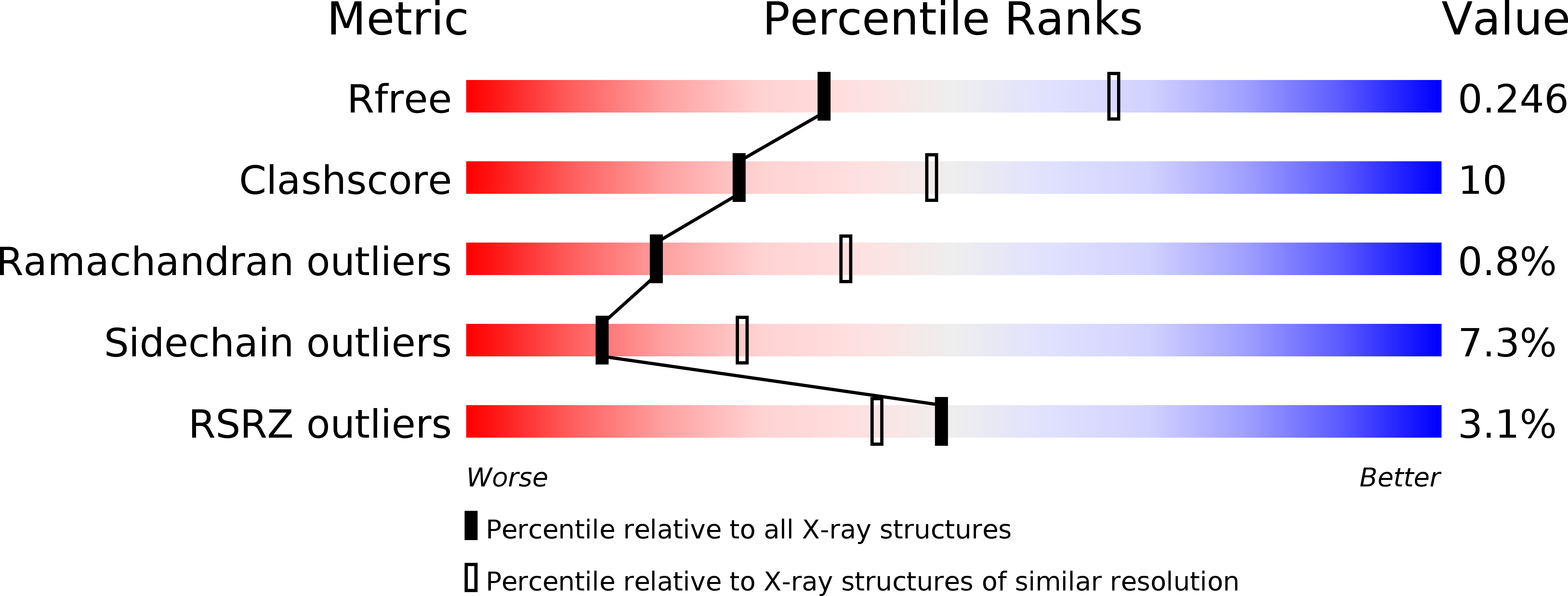
Deposition Date
2010-04-05
Release Date
2011-05-18
Last Version Date
2023-09-06
Method Details:
Experimental Method:
Resolution:
2.60 Å
R-Value Free:
0.24
R-Value Work:
0.21
R-Value Observed:
0.21
Space Group:
P 1 21 1


